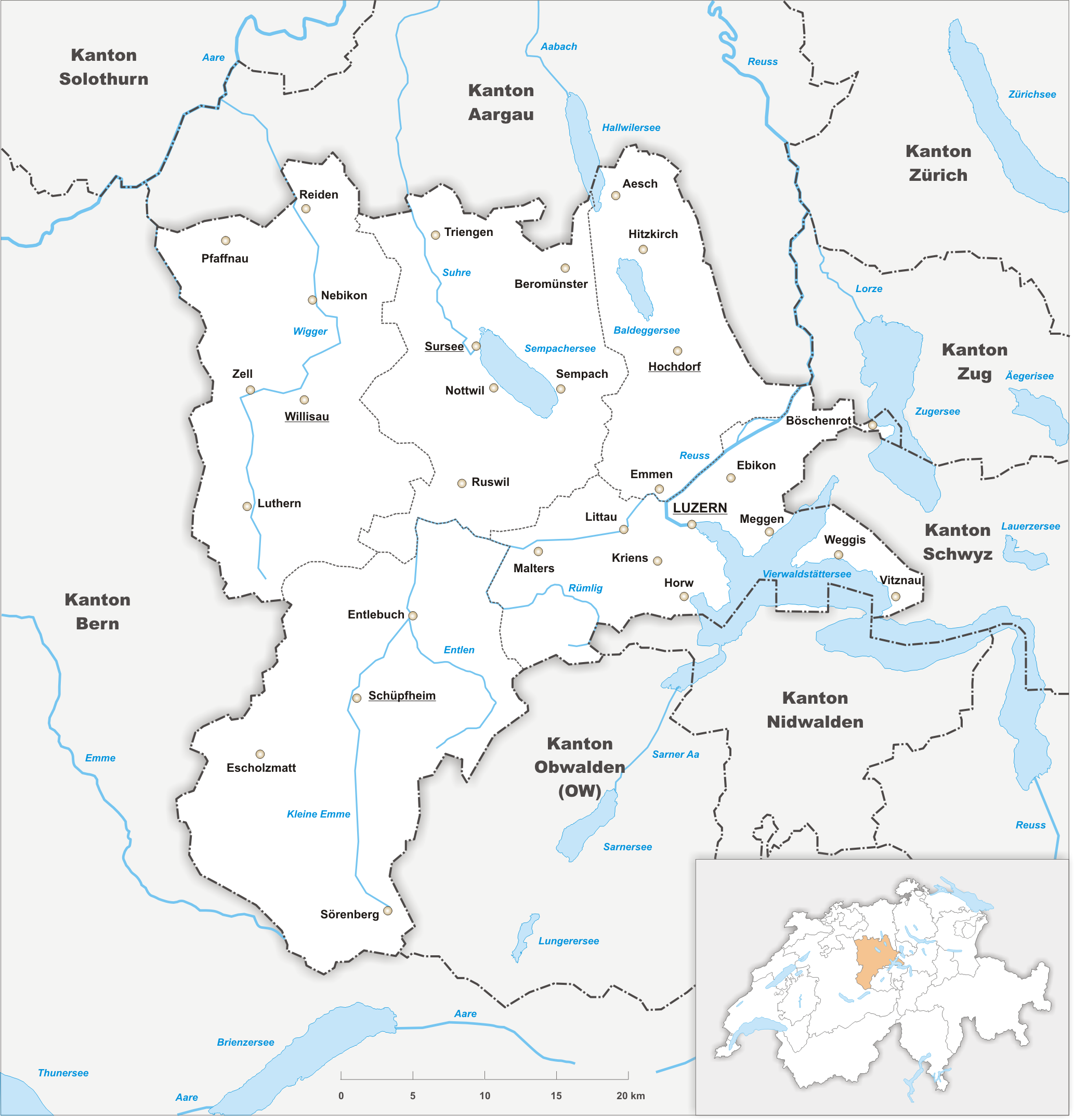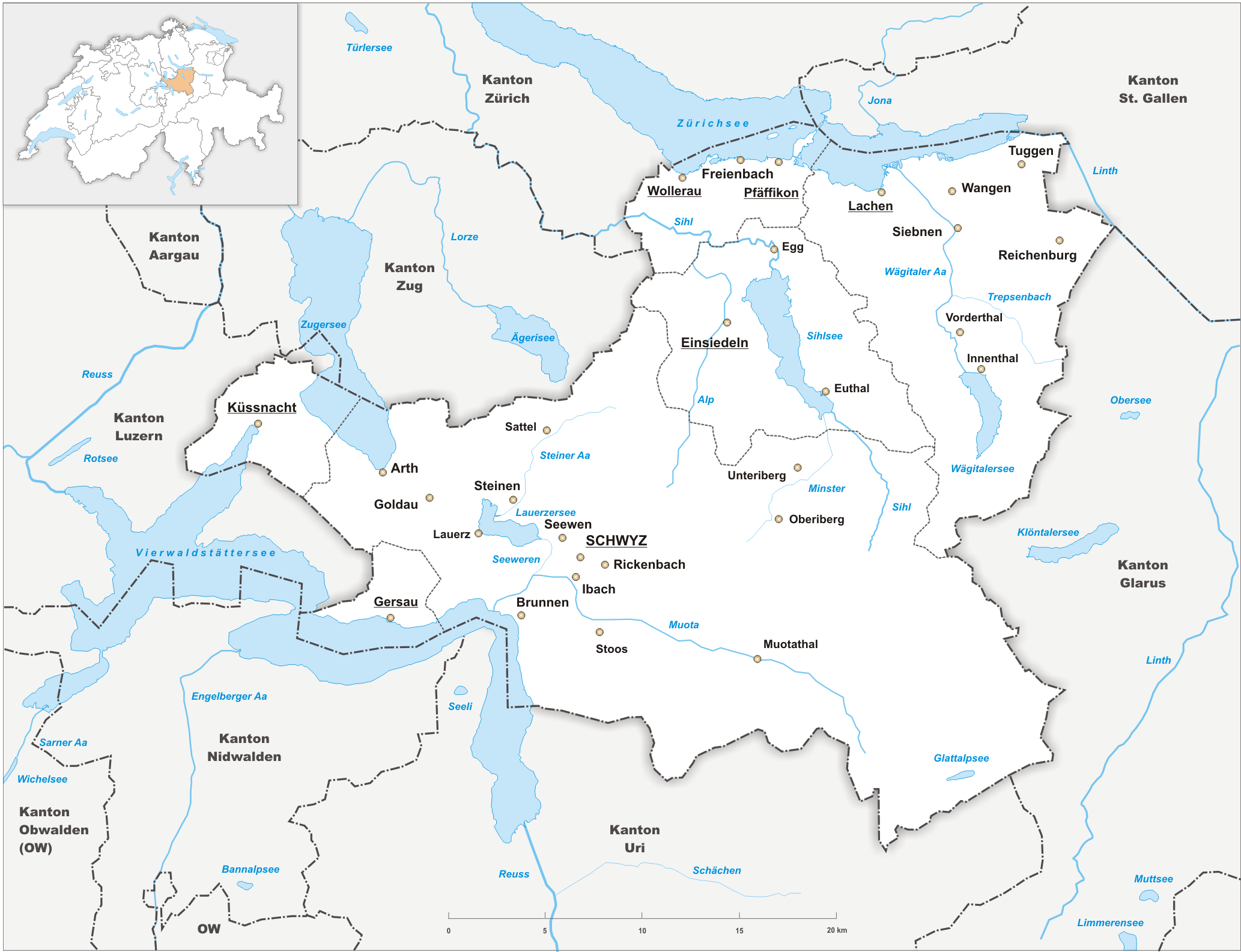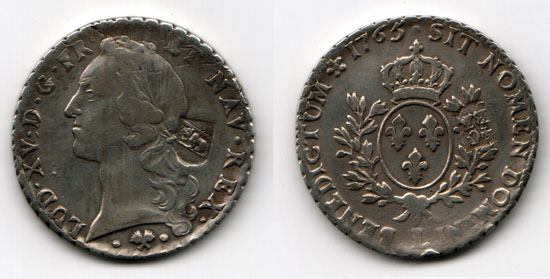|
Central Switzerland
Central Switzerland is the region of the Alpine Foothills geographically the heart and historically the origin of Switzerland, with the cantons of Uri, Schwyz, Obwalden, Nidwalden, Lucerne and Zug. Central Switzerland is one of the NUTS 2 statistical regions. As such it includes the cantons of Lucerne, Uri, Schwyz, Obwalden, Nidwalden, Zug. See also *Cantons of Switzerland The 26 cantons of Switzerland are the Federated state, member states of the Switzerland, Swiss Confederation. The nucleus of the Swiss Confederacy in the form of the first three confederate allies used to be referred to as the . Two important ... * Waldstätte References Regions of Switzerland NUTS 2 statistical regions of the European Union {{Switzerland-geo-stub ... [...More Info...] [...Related Items...] OR: [Wikipedia] [Google] [Baidu] |
Countries Of The World
The following is a list providing an overview of sovereign states around the world with information on their status and recognition of their sovereignty. The 205 listed states can be divided into three categories based on membership within the United Nations System: 193 member states of the United Nations, UN member states, two United Nations General Assembly observers#Current non-member observers, UN General Assembly non-member observer states, and ten other states. The ''sovereignty dispute'' column indicates states having undisputed sovereignty (188 states, of which there are 187 UN member states and one UN General Assembly non-member observer state), states having disputed sovereignty (15 states, of which there are six UN member states, one UN General Assembly non-member observer state, and eight de facto states), and states having a political status of the Cook Islands and Niue, special political status (two states, both in associated state, free association with New ... [...More Info...] [...Related Items...] OR: [Wikipedia] [Google] [Baidu] |
Canton Of Lucerne
The canton of Lucerne ( ; ; ; ) is a Cantons of Switzerland, canton of Switzerland. It is located in the country's central, German-speaking Switzerland, German-speaking part. The population of the canton (as of ) is . , the population included 57,268 foreigners, or about 15.8% of the total population. The cantonal capital is the city of Lucerne. History The canton of Lucerne comprises territories acquired by its capital Lucerne, either by treaty, armed occupation or purchase. The first town acquired was Weggis (in 1380), Rothenburg, Switzerland, Rothenburg, Kriens, Horw, Sempach and Hochdorf, Lucerne, Hochdorf (all in 1394), Wolhusen and Entlebuch (1405), the so-called "Habsburger region" to the northeast of the town of Lucerne (1406), Willisau (1407), Sursee and Beromünster (1415), Malters (1477) and Littau (1481), while in 1803, in exchange for Hitzkirch, Merenschwand (held since 1397) was given up. Prehistory The oldest traces of humans in the Lucerne area are stone artifac ... [...More Info...] [...Related Items...] OR: [Wikipedia] [Google] [Baidu] |
Waldstätte
' (, "forested sites/settlements;" ) is a term which has been used since the early thirteenth century to refer to the (singular: , "site" "settlement"), or later ''Ort(schaft)'' (plural: , "locality" "place" "lieu") or (plural: , "estate") of the early confederate allies of Uri, Schwyz and Unterwalden in today's Central Switzerland. From the 13th to 19th centuries, the term also synoptically referred to the nucleus of the Swiss Confederacy of Uri, Schwyz and Unterwalden; later, the term was gradually replaced by the term . The term ("forest; woods") is to be understood in contrast to , the former in Middle High German terminology referring to cultivated land of alternating pastures, fields and woods, while the latter referred to deep, uncultivated forests (). History The Middle High German terms or (in the sense of "forested site/settlement") are also used alongside (modern , or "town, city", in the sense of a powerful, possibly protected settlement with special rights) ... [...More Info...] [...Related Items...] OR: [Wikipedia] [Google] [Baidu] |
Cantons Of Switzerland
The 26 cantons of Switzerland are the Federated state, member states of the Switzerland, Swiss Confederation. The nucleus of the Swiss Confederacy in the form of the first three confederate allies used to be referred to as the . Two important periods in the development of the Old Swiss Confederacy are summarized by the terms ('Eight Cantons'; from 1353 to 1481) and ('Thirteen Cantons', from 1513 to 1798).rendered "the 'confederacy of eight'" and "the 'Thirteen-Canton Confederation'", respectively, in: Each canton of the Old Swiss Confederacy, formerly also ('lieu/locality', from before 1450), or ('estate', from ), was a fully sovereignty, sovereign state with its own border controls, army, and currency from at least the Treaty of Westphalia (1648) until the establishment of the Swiss federal state in 1848, with a brief period of centralised government during the Helvetic Republic (1798–1803). The term has been widely used since the 19th century. "" The number of canton ... [...More Info...] [...Related Items...] OR: [Wikipedia] [Google] [Baidu] |
Zug (canton)
The canton of Zug or canton of Zoug (, Standard German: , Alemannic German: ; ; ; ) is one of the 26 cantons of Switzerland. It is located in central Switzerland and its capital is Zug. At the canton is one of the smallest of the Swiss cantons in terms of area. It is not subdivided into districts, but eleven municipalities. History The first trace of a settlement in the canton dates from approximately 14,000 BC, with additional finds from the Paleolithic (12,400-9250 BC) and the Mesolithic (9250-5500 BC). During the Neolithic (5500-2200 BC) and the Bronze Age (2200-850 BC) about 50 different stilt house villages were built in 33 locations around Lake Zug. Some of these sites are part of the UNESCO World Heritage Site Prehistoric pile dwellings around the Alps. Prehistoric sites around the lake and throughout the canton include examples from the Neolithic Egolzwiler, Cortaillod, Pfyn and Horgen cultures. Traces of the later Neolithic Bell Beaker and Corded Ware cultures as ... [...More Info...] [...Related Items...] OR: [Wikipedia] [Google] [Baidu] |
Schwyz (canton)
The canton of Schwyz ( ; ; ; ) is a canton in central Switzerland between the Alps in the south, Lake Lucerne to the west and Lake Zürich in the north, centred on and named after the town of Schwyz. It is one of the founding cantons of Switzerland; Switzerland's name is derived from the name of the canton, and the flag of Switzerland from its coat of arms. For the history of the name, see Schwyz. The Swiss Federal Charter is on display in Schwyz. Northeast of the town of Schwyz is Einsiedeln Abbey. History Prehistory to the Roman era The earliest traces of humans in Schwyz are from the Upper Paleolithic and Early Mesolithic, or about 12,500 BC. An excavation of the karst caves in the valley of the Muota river (''Muotatal'') revealed numerous sites, some dating to the Younger Dryas period (). The alpine meadows at Bödmeren, Twärenen and Silberen were Stone Age hunter-gatherer camps. Ibex and red deer bones, along with charcoal, indicate that the animals were butchered and co ... [...More Info...] [...Related Items...] OR: [Wikipedia] [Google] [Baidu] |
Uri (canton)
The canton of Uri ( ; ; ; ) is one of the cantons of switzerland, 26 cantons of Switzerland and a founding member of the Switzerland, Swiss Confederation. It is located in Central Switzerland. The canton's territory covers the valley of the Reuss (river), Reuss between the St. Gotthard Pass and Lake Lucerne. The official language of Uri is (the Swiss variety of Standard) Swiss Standard German, German, but the main spoken dialect is the Alemannic German, Alemannic Swiss German called . Uri was once the only canton whose children in school had to learn Italian as their first foreign language, but in the school year of 2005/2006, that was changed to English, as in other Central and Northeastern Swiss cantons. The canton's population is about 35,000, of which 3,046 (or 8.7%) are foreigners. The legendary William Tell is said to have hailed from Uri. The historical landmark Rütli lies within the canton of Uri. Name The name of the valley is first mentioned in the 8th or 9th century ... [...More Info...] [...Related Items...] OR: [Wikipedia] [Google] [Baidu] |
Lucerne (canton)
The canton of Lucerne ( ; ; ; ) is a canton of Switzerland. It is located in the country's central, German-speaking part. The population of the canton (as of ) is . , the population included 57,268 foreigners, or about 15.8% of the total population. The cantonal capital is the city of Lucerne. History The canton of Lucerne comprises territories acquired by its capital Lucerne, either by treaty, armed occupation or purchase. The first town acquired was Weggis (in 1380), Rothenburg, Kriens, Horw, Sempach and Hochdorf (all in 1394), Wolhusen and Entlebuch (1405), the so-called "Habsburger region" to the northeast of the town of Lucerne (1406), Willisau (1407), Sursee and Beromünster (1415), Malters (1477) and Littau (1481), while in 1803, in exchange for Hitzkirch, Merenschwand (held since 1397) was given up. Prehistory The oldest traces of humans in the Lucerne area are stone artifacts and cave bear bones found in the Steigelfadbalm cave on Mt. Rigi from the Middle Paleolith ... [...More Info...] [...Related Items...] OR: [Wikipedia] [Google] [Baidu] |
Canton Of Zug
The canton of Zug or canton of Zoug (, Standard German: , Alemannic German: ; ; ; ) is one of the 26 cantons of Switzerland. It is located in central Switzerland and its Capital (political), capital is Zug. At the canton is one of the smallest of the Swiss cantons in terms of area. It is not subdivided into districts, but eleven municipalities. History The first trace of a settlement in the canton dates from approximately 14,000 BC, with additional finds from the Paleolithic (12,400-9250 BC) and the Mesolithic (9250-5500 BC). During the Neolithic (5500-2200 BC) and the Bronze Age (2200-850 BC) about 50 different stilt house villages were built in 33 locations around Lake Zug. Some of these sites are part of the UNESCO World Heritage Site Prehistoric pile dwellings around the Alps. Prehistoric sites around the lake and throughout the canton include examples from the Neolithic Egolzwiler, Cortaillod culture, Cortaillod, Pfyn culture, Pfyn and Horgen culture, Horgen cultures. Tr ... [...More Info...] [...Related Items...] OR: [Wikipedia] [Google] [Baidu] |
Nidwalden
Canton of Nidwalden or Nidwald ( ; ; ; ) is one of the 26 cantons forming the Swiss Confederation. It is composed of eleven municipalities and the seat of the government and parliament is in Stans. It is traditionally considered a " half-canton", the other half being Obwalden. Nidwalden lies in Central Switzerland. It borders the canton of Obwalden to the west, the cantons of Lucerne and Schwyz to the north, the canton of Uri to the east and the canton of Bern to the south. The canton is essentially in the Alps, south of Lake Lucerne. It is one of the smallest cantons, the population is 40,287 (in 2007). The largest town is Stans, followed by Hergiswil and Buochs. Together with Obwalden, Nidwalden was part of the forest canton of Unterwalden, one of the three participants in the foundation of the Old Swiss Confederacy, named in the Pact of Brunnen of 1315 with Uri and Schwyz. The division of Unterwalden into two separate territories, Obwalden and Nidwalden, appears to ... [...More Info...] [...Related Items...] OR: [Wikipedia] [Google] [Baidu] |
Swiss Franc
The Swiss franc, or simply the franc, is the currency and legal tender of Switzerland and Liechtenstein. It is also legal tender in the Italian exclave of Campione d'Italia which is surrounded by Swiss territory. The Swiss National Bank (SNB) issues banknotes and the federal mint Swissmint issues coins. It is also designated through currency signs ''Fr.'' (in German language), ''fr.'' (in French language, French, Italian language, Italian, Romansh languages), as well as in any other language, or internationally as ''CHF'' which stands for Franc. This acronym also serves as the ISO 4217 currency code, used by banks and financial institutions. The smaller denomination, a hundredth of a franc, is a (Rp.) in German, (c.) in French, (ct.) in Italian, and (rp.) in Romansh. The official symbols ''Fr.'' (German symbol) and ''fr.'' (Latin languages) are widely used by businesses and advertisers, also for the English language. According to ''Art. 1 SR/RS 941.101'' of the federal law ... [...More Info...] [...Related Items...] OR: [Wikipedia] [Google] [Baidu] |
Obwalden
Canton of Obwalden or Obwald ( ; ; ; ) is one of the Canton of Switzerland, 26 cantons forming the Switzerland, Swiss Confederation. It is composed of seven municipalities and the seat of the government and parliament is in Sarnen. It is traditionally considered a "half-canton", the other half being Nidwalden. Obwalden lies in Central Switzerland and contains the geographical centre of Switzerland. It is bordered by the canton of Canton of Lucerne, Lucerne to the north, the canton of Nidwalden and Canton of Uri, Uri to the east and the canton of Canton of Bern, Bern to the south. The canton is essentially in the valley of the Sarner Aa south of Lake Lucerne, with an exclave around Engelberg. It is one of the smallest cantons. The largest town is Sarnen, followed by Kerns, Switzerland, Kerns and Alpnach. Together with Nidwalden, Obwalden was part of the forest canton of Unterwalden, one of the three participants in the foundation of the Old Swiss Confederacy, named in the Pact of ... [...More Info...] [...Related Items...] OR: [Wikipedia] [Google] [Baidu] |









